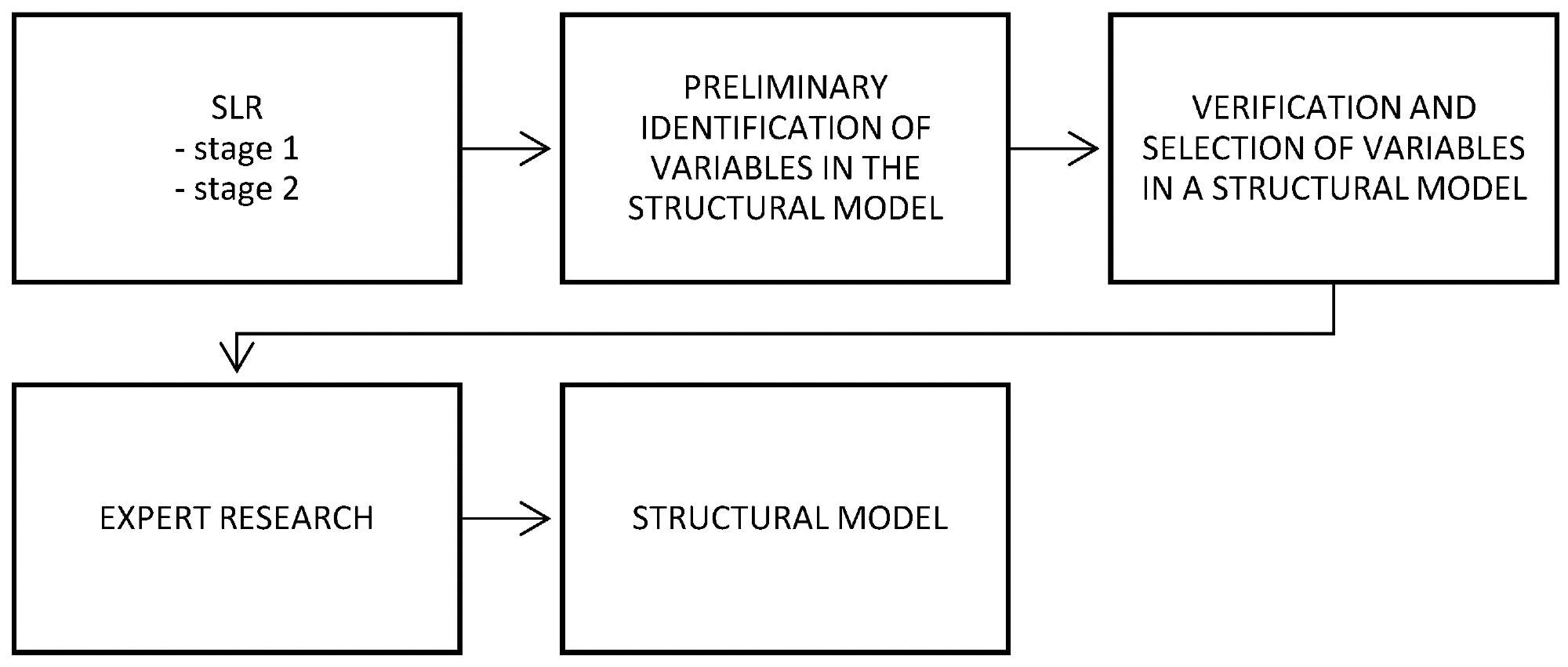In a recent study published in the journal Energies, researchers from Poland analyzed conceptual assumptions required to design a theoretical multi-criteria system architecture model for stabilizing the operation of a hydrogen energy buffer-based electric power distribution network that took into account the utility applications of green hydrogen.

Study: Structural Model of Power Grid Stabilization in the Green Hydrogen Supply Chain System—Conceptual Assumptions. Image Credit: Corona Borealis Studio/Shutterstock.com
After in-depth analysis and expert consultations, two dimensions of the structural model were identified with corresponding embedded variables. The first dimension included the supply chain phases such as procurement, production, warehousing, and distribution, whereas the second dimension took into account a comprehensive and interdisciplinary approach that included factors such as locational, technical, economic–logistical, and formal–legal.
Green Hydrogen Supply Chain System
One of the major issues with renewable energy sources (RES) is that their availability is not uniform, and it is dependent upon time of day, season, weather, lunar cycle, and other geographic conditions. Hence, there is a requirement for the storage of excessively generated electrical energy at a particular time so that it can compensate for the shortage of energy at another point in time.
One such solution is hydrogen buffer, which stabilizes the operation of electric power networks through the conversion of excess electrical energy to “green hydrogen” in the form of an electrolyzer, storage/warehousing in a hydrogen fuel cell, and conversion of hydrogen to electricity at the time of periodic shortage. The conversion mechanism involves the electrolysis of water to split into hydrogen and oxygen using electricity. The buffer hydrogen is later used in the fuel cell to generate electricity.

Scheme of the research process. Image Credit: Frankowska, M. et al., Energies
There is a high demand for system stabilization in hydrogen-based energy storage systems. Here, system stabilization is the balancing of electricity supply and demand, increasing network flexibility while adapting new producers of energy from renewable sources, improved quality of supplied electricity, and increased network security and reliability, which includes the resulting transmission losses.
About the Study
In this study, researchers performed a systematic literature review (SLR) of articles from the Web of Science (WoS) database to identify, integrate, and evaluate the state of research in hydrogen supply chain design for green hydrogen-based energy storage solutions. First, they identified, verified, and selected variables for the development of a structural model concept.
The SLR had three steps in which 42 articles were selected and deep studied from 311 articles chosen from the WoS database. The in-depth content analysis of the selected articles was focused on the identification of economic-logistic, technical, location, formal-legal factors, the modeling of processes of hydrogen production, supply, storage, and distribution from RES, and the validation of achieved research results in the form of a structural model concept with the help of representatives of enterprises and scientists representing technical (electrical engineering, power engineering, automation, chemical engineering) and economic sciences (perspective of the distribution system operator).
Moreover, they indicated the strength of the correlation between the various factors.
Theoretical Background and Identification of the Model Variables
There were three main components in the first phase of in-depth studies on hydrogen supply chains (HSC) (between the years 2008 to 2012) namely hydrogen production subsystem, hydrogen transportation subsystem, hydrogen storage subsystem, and hydrogen refueling station subsystem.
However, those studies did not consider the feedstock phase, which is nowadays recognized as an important component of the HSC. In the feedstock phase, hydrogen as an energy carrier can be produced from different raw materials such as natural gas, coal, biomass, water, nuclear energy, and RES including biomass, solar, and wind energy.
Moreover, the transport phase has two options such as hydrogen can be transported in liquefied or compressed gas form. Liquefied hydrogen can be transported in tankers by road, rail, or sea, whereas gaseous hydrogen can be transported by overland transports or high-pressure pipelines.
The preliminary extraction of 85 structural model factors was carried out from an in-depth study of 42 selected articles. At the same time, the verification of formal and legal factors resulting from the analysis of national and EU regulations was performed. The additional identified factors were the complexity of the legal regime in the area of hydrogen technologies; public support mechanisms for H2 and RES technologies; spatial development plan for hydrogen buffer, RES installations and storage; permits for environmental and safety, hydrogen production, storage, and transport; and legal status of hydrogen as a fuel.
Conclusions
To conclude, the researchers designed a theoretical multi-criteria system architecture model for stabilizing the operation of a hydrogen energy buffer-based electric power distribution networks through some conceptual assumptions, an in-depth study of 42 selected research articles from the WoS database, a preliminary extraction of 85 structural model factors, the verification of formal and legal factors, and consultation with representatives of enterprises and scientists representing technical and economic sciences.
The identification of these crucial variables and factors will stabilize the operation of the electric power distribution networks and improve network security, reliability, and quality.
Reference
Frankowska, M., Mańkowska, M., Rabe, M., Rzeczycki, A., Szaruga, E., Structural Model of Power Grid Stabilization in the Green Hydrogen Supply Chain System—Conceptual Assumptions, Energies, 2022, 15, 664. https://www.mdpi.com/1996-1073/15/2/664
Disclaimer: The views expressed here are those of the author expressed in their private capacity and do not necessarily represent the views of AZoM.com Limited T/A AZoNetwork the owner and operator of this website. This disclaimer forms part of the Terms and conditions of use of this website.